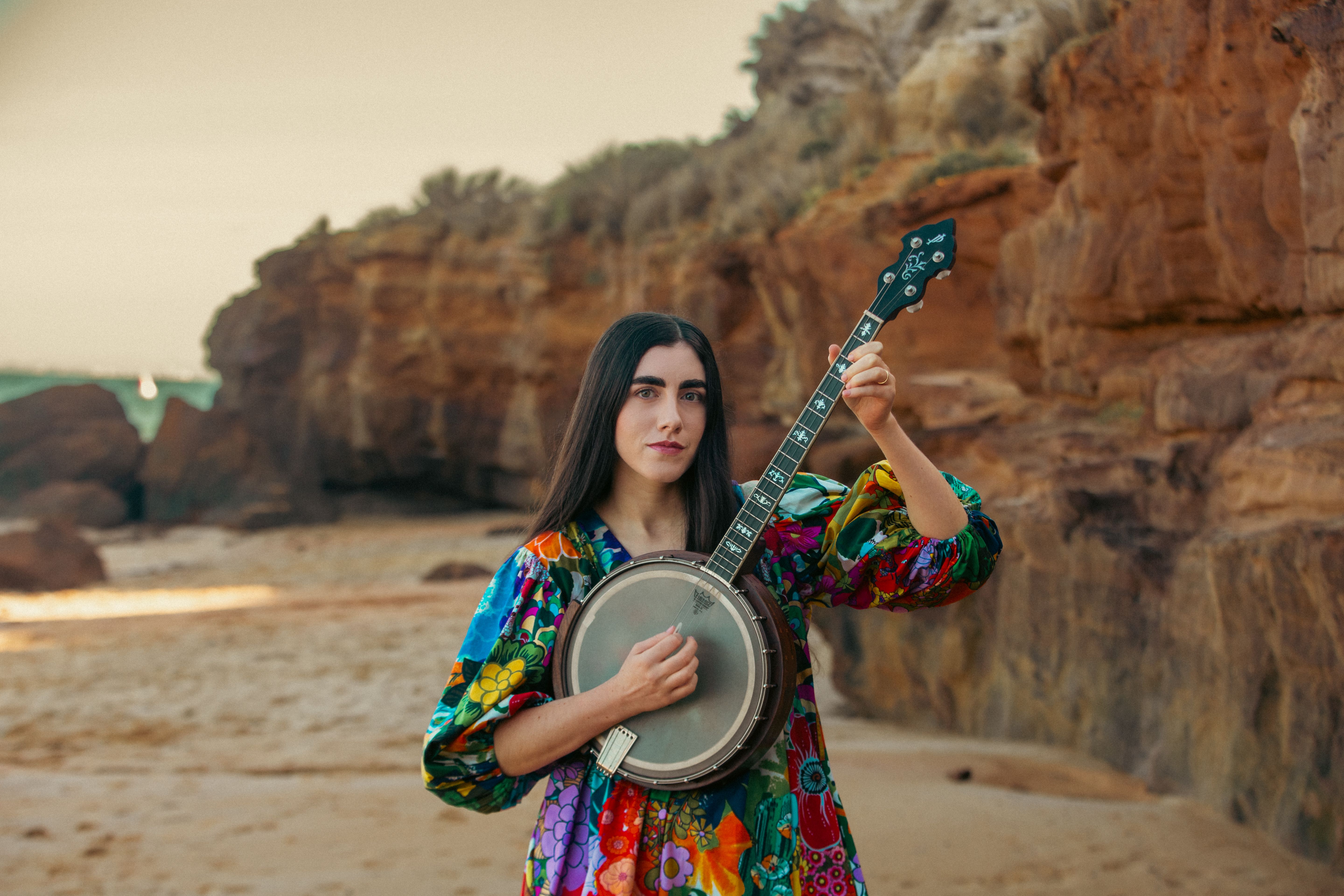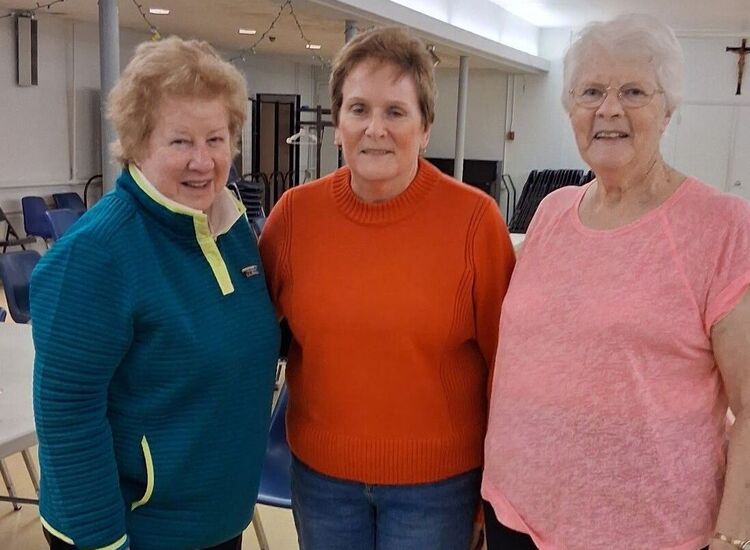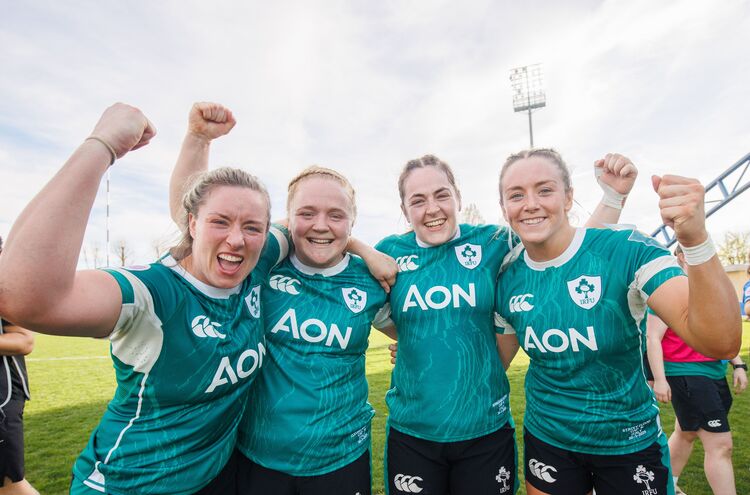In the media yoke this week is “Ebb and Flow,” the solo debut from Maggie Carty. Carty is a brilliant banjo player and singer with a strong family lineage. On this album, she’s not only drawn from the well of the Irish tradition but she’s woven in the sounds of Americana, Australian folk and modern roots musics in ways that represent an inspired vision and make great artistic sense. The result is an exceptionally fine release that is both musically sound and also, as we’ll learn, reflects a facet of the contemporary Irish emigrant experience.
Originally from Boyle, Co. Roscommon, Carty is a fourth-generation musician and grew up learning directly from her father, the great John Carty. Although you can hear echoes of his music in her playing, she very much has her own voice. (Some readers might remember their 2016 album “Settle Out of Court”) A number of other important artists, Margaret Barry and Dolores Keane in particular, have loomed large in her approach and as such seem to have both contributed to her unique voice and what seems to be an interesting perspective on Irish music in general.
Carty relocated to Australia in 2017 and is now based in Naarm/Melbourne. The first woman in her family to step into the spotlight as a solo recording artist, she’s become a leading figure in the southern hemisphere’s Irish music scene. In addition to founding the Melbourne Céilí Band in 2023, the first group ever from Australia to compete in the All-Ireland Céilí Band Competition, she’s performed on her own at major Australian festivals, including Port Fairy, Woodford and the National Folk Festival, and internationally at Milwaukee Irish Fest and at Tønder Festival in Denmark. It’s an impressive resumé.
She’s joined on the album here by a rake of very fine musicians, including Tom Botting (bass), Bonnie Stewart (drums & percussion), Máirtín Staunton (flute), Rhys Crimmin (didgeridoo & guitar), Declan Simpson (guitar) and Gerry McKeague (guitar). These folks share a sensitive hand that gives the album its excellent sound and brings Carty’s creative vision to light.
The album is wonderful throughout. It opens with “What Will We Do,” a well-known song that draws inspiration from American folk in its arrangement. It’s extremely well done here, not only showcasing Carty’s superior banjo playing but also her outstanding singing voice. Listening to it alongside, say, Lankum’s 2017 version of the song (“Between the Earth and the Sky”) highlights this version’s bright and almost fatalistic sense of optimism. Its tone casts the song in a fresh, compelling light, especially considering the current global economic climate and it gives the album its strong start.
“My Island Home” is surely the album’s radio hit. An embrace of Carty’s recently-adopted land, it was written by Neil Murray in 1980 for Australian Aboriginal rock group Warumpi Band and is beautifully executed. Crimmin’s didgeridoo accompaniment complements the folk-y banjo and percussion well and is a nice inclusion in a genre-blending approach. “Far Away in Australia,” another of the album’s top tracks and should get radio spin too. A great song, it lilts along in relaxed fashion, with Carty’s clear, sparkling voice communicating the lived experience of the song’s contents. It’s just brilliantly done.
Carty has also done very well with the song “Last of my Kind.” Written by American roots music artist Paul Burch, it seems very much a meditation on endings that is perhaps resonant with an aspect of Carty’s experience leaving Ireland. The way Carty has adapted the song highlights its lonesome quality and is something I think will resonate with listeners particularly well. I also love “Wexford Mummers.” To my ears, Carty’s rhythmic banjo playing, accentuated by Stewart’s percussion, gives it a drive that draws from old-time music, but once again it’s Carty’s expressive singing that adds a dynamism and really elevates an already well done track.
In addition to the many fine songs on the album, there are a few instrumental tracks that highlight Carty’s top shelf banjo chops. One of these, which features Staunton’s flute playing, is “Morrison’s” – it’s lovely – but I give an edge to “Misty Mountain.” I find her melodic flow there very lyrical, but the rhythmic shifts and overall arrangement as well as the quality of playing from everyone overall is outstanding.
When I first put on “Ebb and Flow,” I wasn’t sure what to expect. I’ve admired Carty’s banjo playing for the past 10 years, and while her trademark skill is evident throughout, what really caught my attention was the album’s broader creative vision. The music here is thoughtfully conceived, and I think pushes traditional music into new territory in a way that feels both refined and deeply artistic. The result is fresh, inventive, and a striking example of how the tradition continues to evolve – it is music that I think will delight a wide range of listeners. Highly recommended! For more information, visit here website here.








